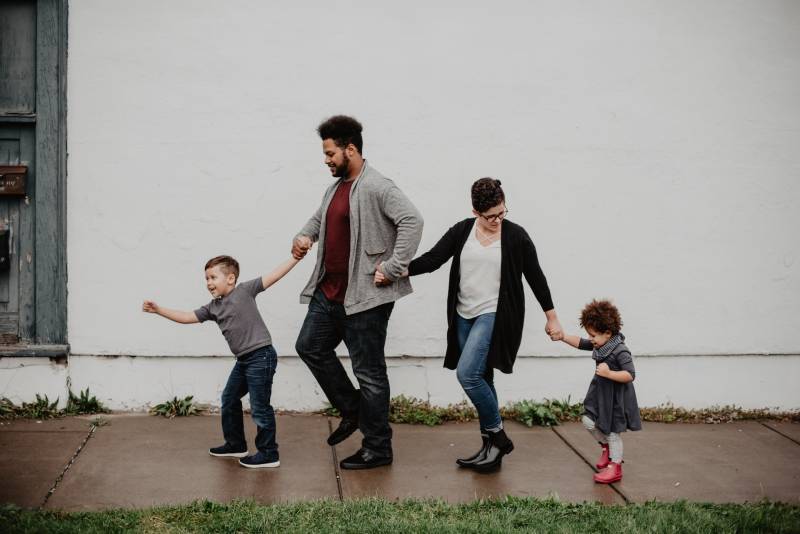Updated 4:15 p.m. Friday
It’s been less than two months since tax season started. And Jaqueline Marcelos, who leads the free tax clinic at the Mission Economic Development Agency (MEDA) in San Francisco, has already heard the same concern from dozens of families: Why has my tax refund changed so much?
“Many clients are coming here thinking that this year they’re going to get the same refund as last year,” Marcelos said. One client, she says, qualified to receive thousands of dollars in her return when filing in 2022 — but this year she’ll actually end up owing money to Uncle Sam.
What changed? Among other things, the extended child tax credit from 2022 has ended, and many parents and caregivers are seeing a major drop in their tax refund.
The change in the child tax credit, explained
When the American Rescue Plan was approved by Congress in 2021, the child tax credit increased from $2,000 to $3,600 for qualifying children under 6. For kids between ages 6 and 18, the child tax credit increased to $3,000.
But legislators failed to renew this extended credit at the end of 2021. And now, families across the country are seeing thousands of dollars disappear from their returns — at the same time that other pandemic-related aid programs are drying up.
Some parents who file at the MEDA clinic in San Francisco can’t even believe the difference, so Marcelos asks them to bring their returns from last year. “We put both taxes together and explain line by line why they’re getting a lower refund,” she said.

